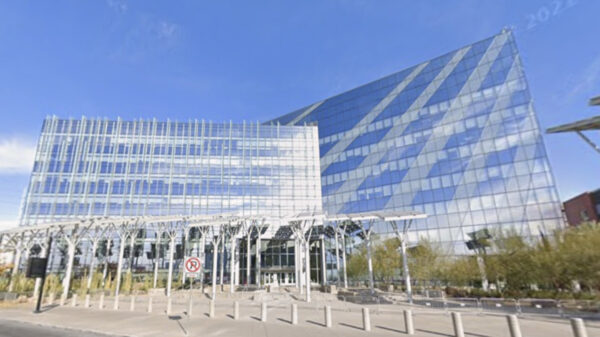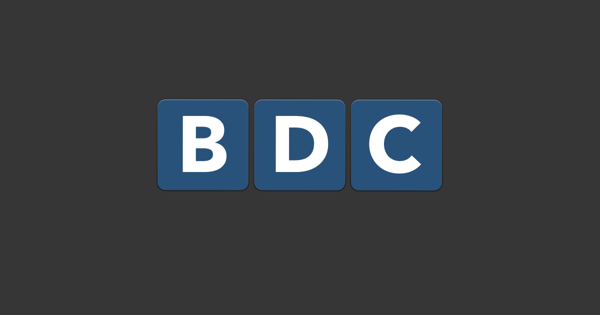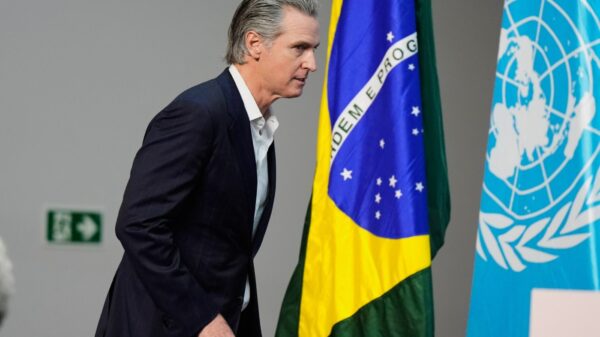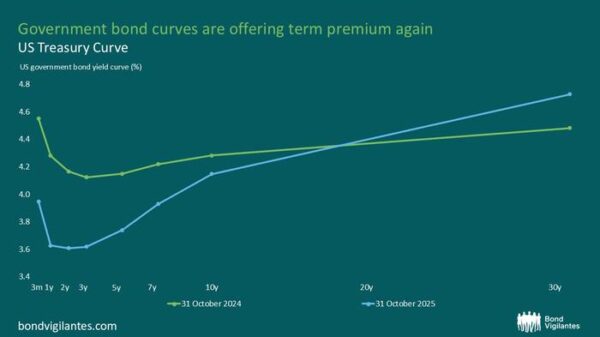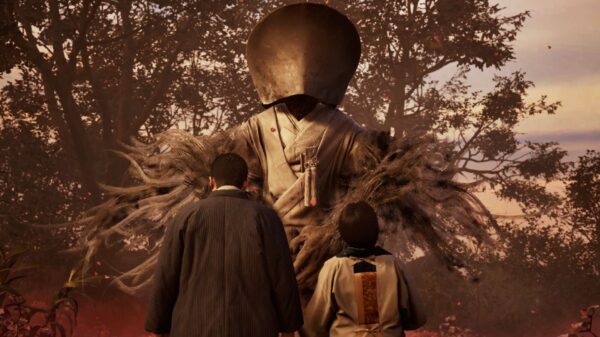The rise of right-wing “post-liberalism” has sparked intense debate within conservative circles, particularly following controversies surrounding figures like Nick Fuentes. This discourse highlights a broader intellectual struggle regarding the future of conservative ideology and its possible connections to various extremist movements. As the term gains traction, understanding its implications becomes vital in navigating contemporary political landscapes.
Defining Post-Liberalism
Post-liberalism encompasses two primary yet overlapping tendencies. The first is the rejection of the liberal consensus established in the post-Cold War era, often referred to as “neoliberalism.” This rejection leans towards either more conservative or leftist political frameworks, yet remains rooted within the liberal tradition. The second tendency represents a more fundamental dismissal of the entire liberal order, looking to historical critiques from religious and reactionary perspectives, or even envisioning a post-liberal future that transcends human concerns.
These movements have collectively emerged in response to the perceived crisis of liberalism, which many attribute to destabilizing changes in technology and culture. Thinkers across the spectrum shift between “soft” and “hard” forms of post-liberalism, complicating straightforward definitions. For instance, the Catholic post-liberals, such as Patrick Deneen, Sohrab Ahmari, and Adrian Vermeule, oscillate between 19th-century reactionary rhetoric and late-20th-century neoconservative thoughts, while other groups, including socialists like Zohran Mamdani and Hasan Piker, express their own interpretations.
The Roots of Political Post-Liberalism
Political post-liberalism traces its origins back to populist movements such as the Brexit referendum and Donald Trump’s unexpected victory in 2016. These developments caught many intellectuals off guard and have since manifested in various unstable forms. For example, the cultural landscape from 2020 to 2022, characterized by a phenomenon sometimes termed as “peak woke,” reflects a post-liberalism that resists clear ideological definitions.
Additionally, Trump’s second administration introduced a distinct form of post-liberalism, marked by protectionist policies and allegations of personal corruption. Other responses, such as the managerial systems attempting to control populism through illiberal measures, highlight the complexities of this evolving thought. The UK’s restrictive measures serve as a poignant example of these efforts.
Despite their shared characteristics, none of these forms can be neatly classified as fully post-liberal, nor do they adhere to a coherent worldview. Instead, they emerge as reactive strategies to popular unrest and elite anxieties, often retroactively supported by theoretical frameworks.
In conclusion, as debates around post-liberalism continue to evolve, understanding the nuances behind this term is crucial for deciphering the current political climate. The discussions surrounding right-wing ideologies and their implications will likely shape the future of political discourse in significant ways.











